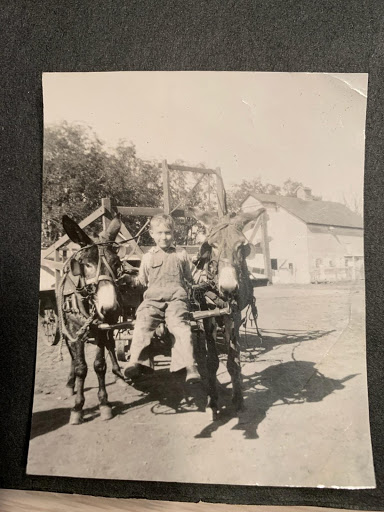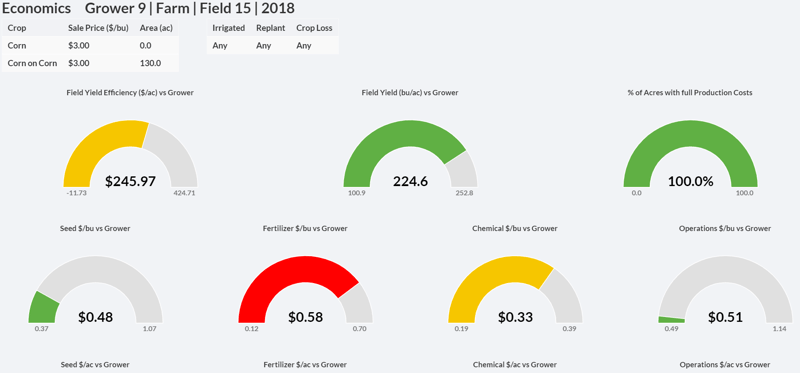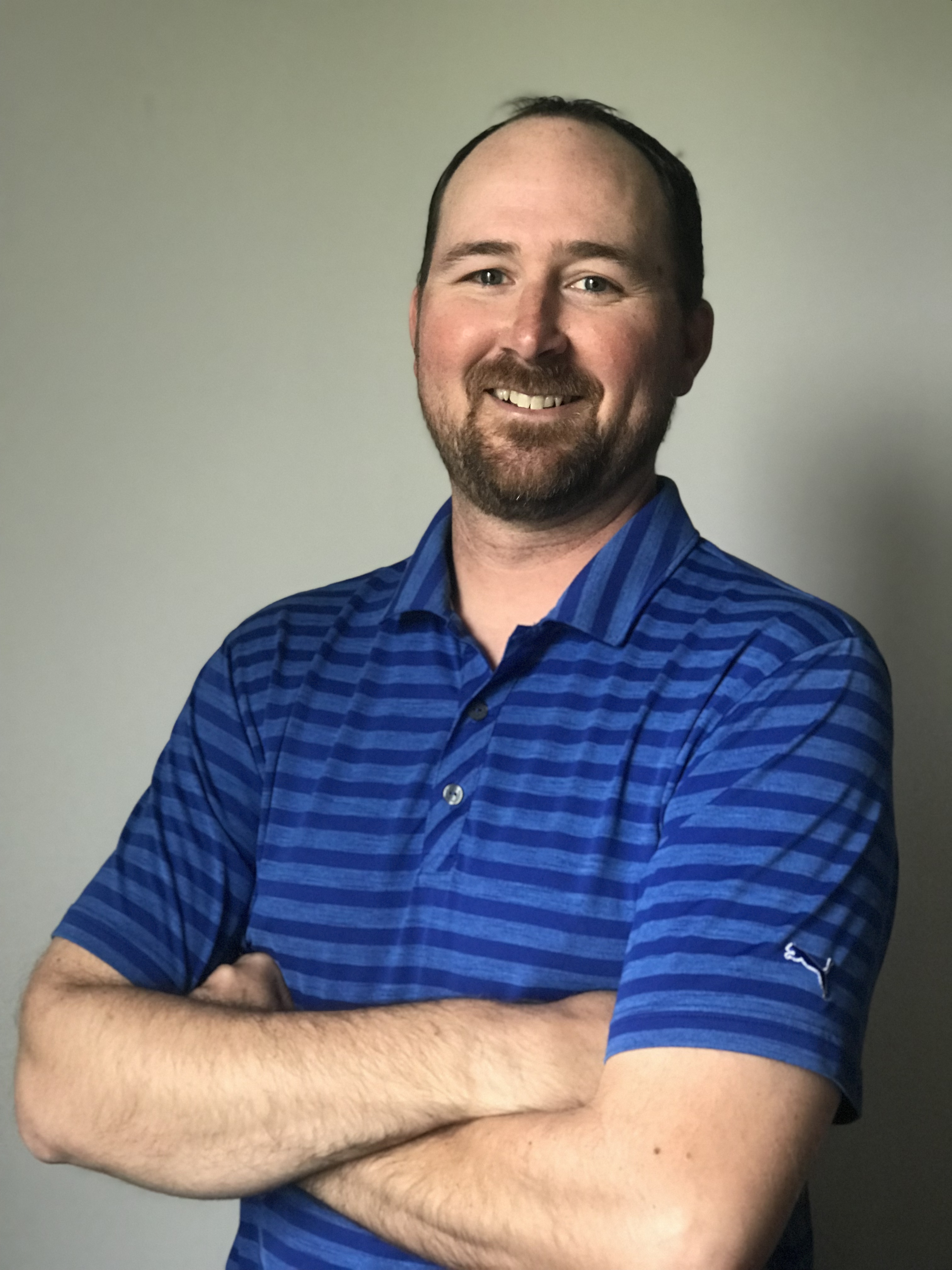My grandpa turns 91 years old this spring, has farmed for 75 years, and retired last fall. I can’t help but think of all the changes he’s seen in agriculture during his lifetime. From equipment to genetics, chemistry, and technology, the changes seem almost endless. Though he’s made numerous advancements in his operation, change didn’t always come easily. When I was selling hardware, I thought auto-steer would be a great addition for him. I think his exact words were “If you can’t drive straight, you shouldn’t be farming!” He eventually adapted, but it’s not easy to let go of the wheel when you’ve driven for that many years. He started farming with horses and now he runs a 500 horsepower QuadTrac steered by satellites.

Since the beginning of agriculture, farmers have always analyzed. You don’t survive any industry, at least not successfully, without gaining an understanding of inputs and outputs. That usually involved some visual observations, measurements and then potential adjustments. What’s changed over my grandpa’s lifetime is how much data we create as we farm, the volume we can analyze, the speed at which we can do it and the relationships and variables we can account for.
All the different pieces of data we gather and create are independently important and can give us an idea on what may be going on in any given part of a field. But it’s not until you bring all those layers together and let the technology crunch through it that you get the value. The value is in the relationships. At Premier Crop, not only do we analyze where the good spots in the fields are and where the bad spots in the fields are, but we use soil samples, as-applied data, farming practices, weather, etc to get to what exactly the yield-limiting and profit-limiting factors in each one of those areas are. And by assigning cost, and distributing it spatially, we’re able to see the economic impact of each input decision.
We know variability exists; and we know that all yield is not created equal. So, we understand that in different parts of the field, it takes different things to maximize a grower’s investment. Producing yield efficiently is the goal and our system is designed to help growers make every input dollar matter more. By utilizing Premier Crop, you get both a software system that can help you better understand what's going on in a field, and you also get an advisor. Advisors work with growers to help determine the right areas to be aggressive and the right areas where we need to manage risk. You get both a software piece and a personal, human piece because, ultimately, nobody knows that field better than the grower does, and an algorithm doesn’t have all the answers. Being able to have that conversation and help enhance the software through shared learning with the grower is really key.
In the graph below, you can see this grower’s yield and Yield Efficiency on this particular field compared to his other corn fields. You are also able to see how each individual input decision contributed to the overall Yield Efficiency. Each area can be broken down further to better understand their impact. To read more on Yield Efficiency, check out this post here.

The analytics are impressive, but I think sometimes there's a false perception that the analytics are the answer. In many cases, the analytics are the start of the questions. A lot of times there's history there that a grower knows, so we sit down and work with them to figure that out. How do we take advantage of the best parts of each field, and how do we manage our risk in the poorer parts, and how do we limit poor decision making? Ultimately, if you're not really looking through the data, you end up guessing. Sometimes you might be right, and it might turn out great. But more often than not, acre over acre, guessing isn't going to get you any better returns. How many dollars do we leave on the table by guessing? The numbers we see can be significant. Having a plan and knowing the impact of each dollar based on your own data gives you the power to make better decisions and take advantage of different market environments.
What it really boils down to is this: how are you using the data you’re creating as you farm? How are you using that data to make more confident, profitable decisions? Close the loop on whether or not what you’re doing in each part of the field is the right thing. Tie dollars to agronomics and make sure you’re producing yield as efficiently as possible. We spend hundreds of dollars on input costs per acre. Wouldn't you sleep better at night knowing you have the right product and right rate for each part of every field?
.jpg?width=450&name=IMG_0499%20(1).jpg)
My grandpa was able to farm for all those years because he adapted to change, took calculated risks, and analyzed the results. The concepts are still true today, though the operations may be larger, the dollar amounts much bigger, and the technology more advanced. It’s the growers who continually look for ways to improve and who understand the economic impact of each decision that will be the most successful and able to weather the storms and changes over the next 75 years.
Contact Premier Crop now to get started with precision ag and farming efficiency.



